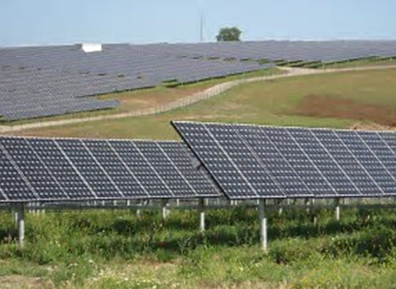WELCOME TO OUR COMPANY
Renewable Energy
Copyright © 2017 by Aeolus Consulting Services, LLC · All Rights Reserved
The leading source of climate-changing greenhouse emissions throughout the world is the conversion of nonrenewable fossil fuels to consumable energy. In spite of this, over the next five years a new coal-fired power plant will come on line every two days somewhere in the world. Such facilities consume large amounts of water, pollute ground and surface water, emit toxic and carcinogenic compounds, and kill countless numbers of wildlife.
• Critical issues and fatal flaw analyses
• Pre- and post-construction surveys
• Bird and bat conservation strategies
• Avian risk assessments and modeling
• Eagle take permits and conservation plans
• Ultrasonic bat surveys
• Aerial surveys
• Habitat and vegetation mapping
• Section 7 consultations
• NEPA compliance and documentation
• Archaeological surveys
• Cultural resource managment
Renewable energy may offer the only practical solution to this wide-scale environmental degradation and possibly help us avoid the catastrophic consequences of global warming.
As wind and solar farms become more common throughout the country, more citizens and agency personnel have become interested in the environmental impacts of renewable energy development. These concerns can generally be placed into three categories: collision-induced bat and bird mortality, plant and wildlife habitat fragmentation, and aesthetic impacts.
There is no question that wind turbines kill birds and, to a lesser extent, bats. Indeed, there are famous examples from the 1980s of old-style turbines killing thousands of birds
annually. Even with today’s new designs, turbines are still a source of bird and bat mortality throughout the country. Although it is extremely difficult to accurately assess turbine-induced wildlife mortality, it is estimated that every turbine kills an average of between two and six birds per year. These mortality figures vary greatly from site to site and are often species-specific. There are localized reports of relatively high mortality rates among groups such as raptors, vultures, or waterfowl - just as some sites have reported negligible mortality.
Habitat fragmentation can be a serious issue, and some wind and solar farms have markedly broken up once-contiguous plant and wildlife communities. Access roads, tower pads, transmission routes, and assorted structures may deter wildlife species that require sizable tracts of unaltered terrain. Wind and solar farms may be relatively common in monotypic agricultural areas, but they are just as often found in relatively natural settings atop mesas and along ridges.
Renewable energy facilities, for better or worse, also have obvious aesthetic impacts to the landscape. Whether they are perceived as impressive structures along the skyline or eyesores to the viewshed, wind towers and large-scale solar arrays unmistakably add an unnatural element to the landscape, regardless of the extent that these sites may have already been altered by human activities.
Any human activity is going to impact the environment to some degree. To their credit, most renewable energy developers have
taken these impacts very seriously. By hiring qualified and knowledgeable consultants, and through cooperative efforts with agency personnel and other stakeholders, every practical method of reducing environmental impacts is investigated and an appropriate plan of action is developed. Despite certain engineering constraints and the obvious need to place turbines and solar arrays in the most energy-efficient sites, there are many ways to effectively reduce impacts.
Pre-construction plant, wildlife, and cultural resource surveys, local bird and bat movement investigations, careful access road planning, turbine shutdowns during critical migration periods, viewshed analyses, and the like, are all commonly utilized to reduce impacts. Some of the specialized renewable energy tasks that ACS excel at include:







